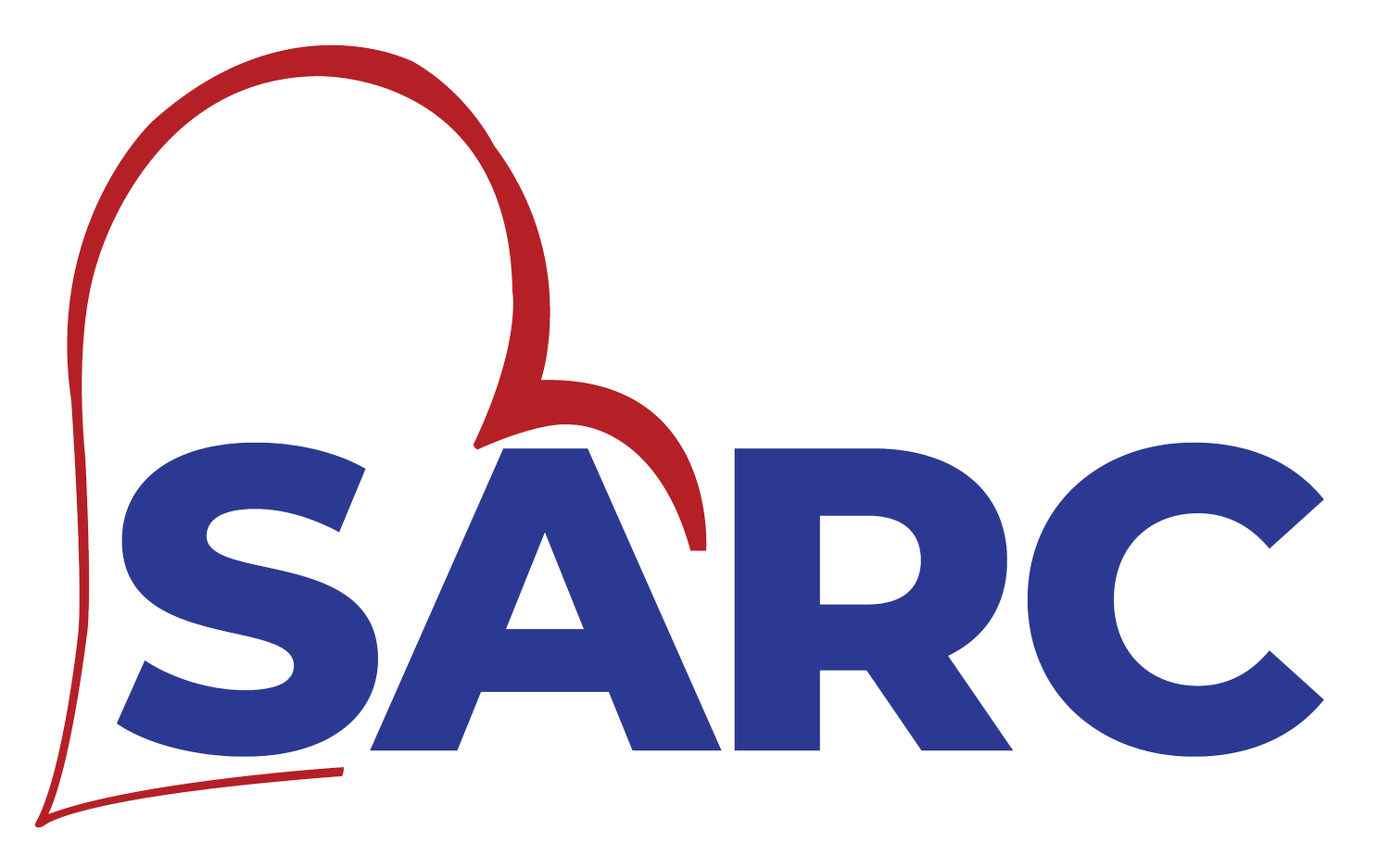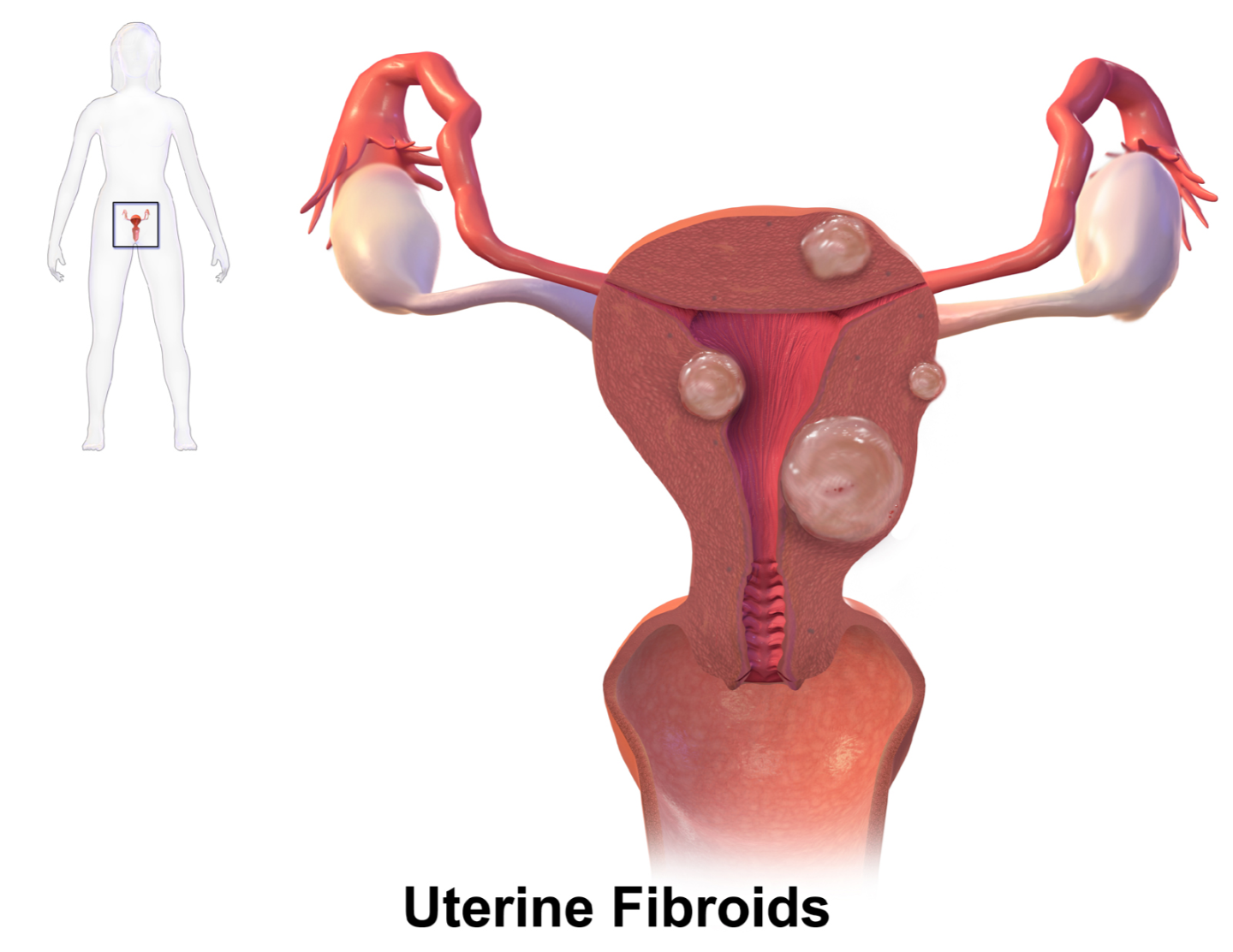Uterine Fibroids & Dysfunctional Uterine Bleeding
Medical Conditon:
Uterine fibroids are non-cancerous growths that develop in the uterus, consisting of muscle and fibrous tissue. While their exact cause is unknown, hormonal factors likely contribute to their growth, with estrogen and progesterone playing a role. Symptoms of uterine fibroids can vary widely, including heavy menstrual bleeding, prolonged periods, pelvic pain or pressure, frequent urination, difficulty emptying the bladder, constipation, and pain during intercourse.
UAE(Uterine Artery Embolization)
Uterine Artery Embolization (UAE), also known as uterine fibroid embolization (UFE), is a minimally invasive procedure used to treat uterine fibroids. During UAE, a specially trained interventional radiologist inserts a thin catheter into the arteries that supply blood to the fibroids in the uterus. Using real-time X-ray guidance, the catheter is guided to the targeted arteries. Once in position, tiny particles, typically made of a substance called polyvinyl alcohol (PVA), are injected through the catheter to block the blood flow to the fibroids.
By cutting off the blood supply to the fibroids, UAE causes them to shrink over time. This process, known as embolization, effectively reduces the size of the fibroids and alleviates symptoms such as heavy menstrual bleeding, pelvic pain, and pressure on the bladder or bowel. Additionally, UAE can help improve quality of life by reducing the need for medications to manage symptoms and avoiding the need for more invasive surgical procedures.
Recovery time after UAE is typically shorter compared to traditional surgical procedures such as hysterectomy or myomectomy. Many women can return to normal activities within a few days to weeks following the procedure. While some discomfort or cramping may be experienced in the days following UAE, symptoms usually improve significantly over time as the fibroids shrink.
It's important to note that UAE is not suitable for all women with uterine fibroids, and the decision to undergo the procedure should be made in consultation with a healthcare provider. Factors such as the size and location of the fibroids, overall health, and reproductive plans will be taken into account when determining the most appropriate treatment approach.
Frequently Asked Questions for UAE(Uterine Artery Embolization)
-
UAE is a minimally invasive procedure used to treat uterine fibroids by blocking the arteries that supply blood to the fibroids, causing them to shrink.
-
UAE reduces blood flow to the fibroids, leading to their shrinkage and alleviation of symptoms such as heavy menstrual bleeding and pelvic pain.
-
Candidates are women with symptomatic uterine fibroids seeking a non-surgical treatment option.
-
A catheter is guided to the arteries supplying blood to the fibroids, where tiny particles are injected to block the blood flow, causing fibroids to shrink.
-
UAE is minimally painful, typically done under local anesthesia, with mild discomfort afterward.
-
Risks include bleeding, infection, or tissue damage, though serious complications are rare.
-
Most resume normal activities within days to weeks, with temporary discomfort that resolves over time.
-
Relief varies, but many experience significant improvement in symptoms, with long-term follow-up needed to assess effectiveness.

